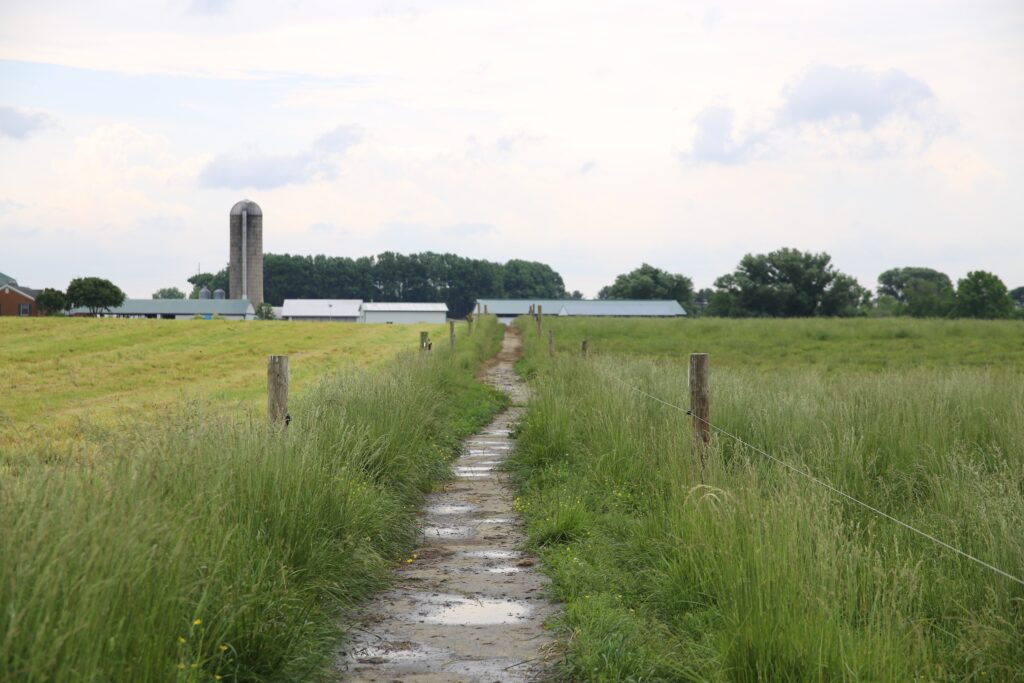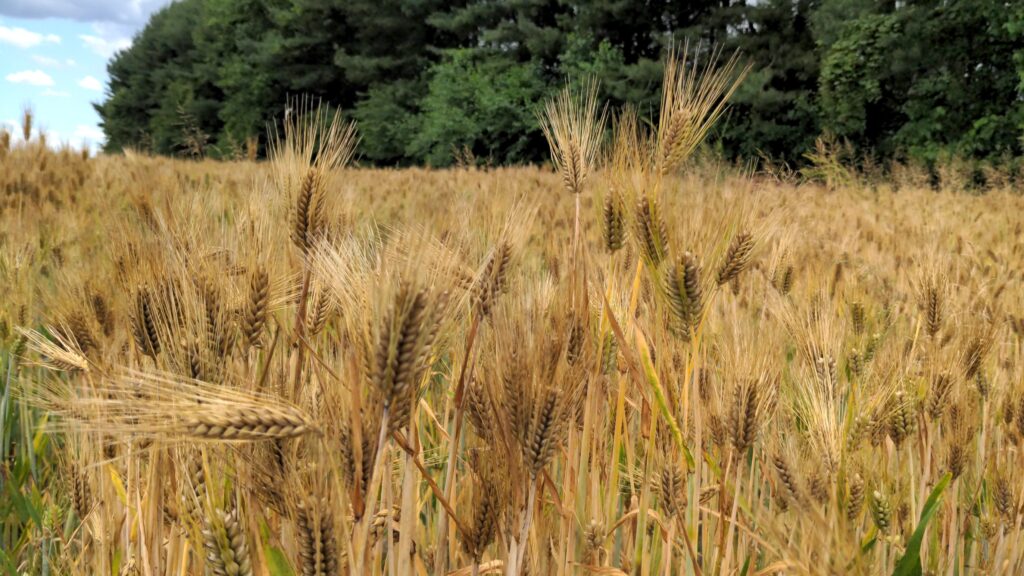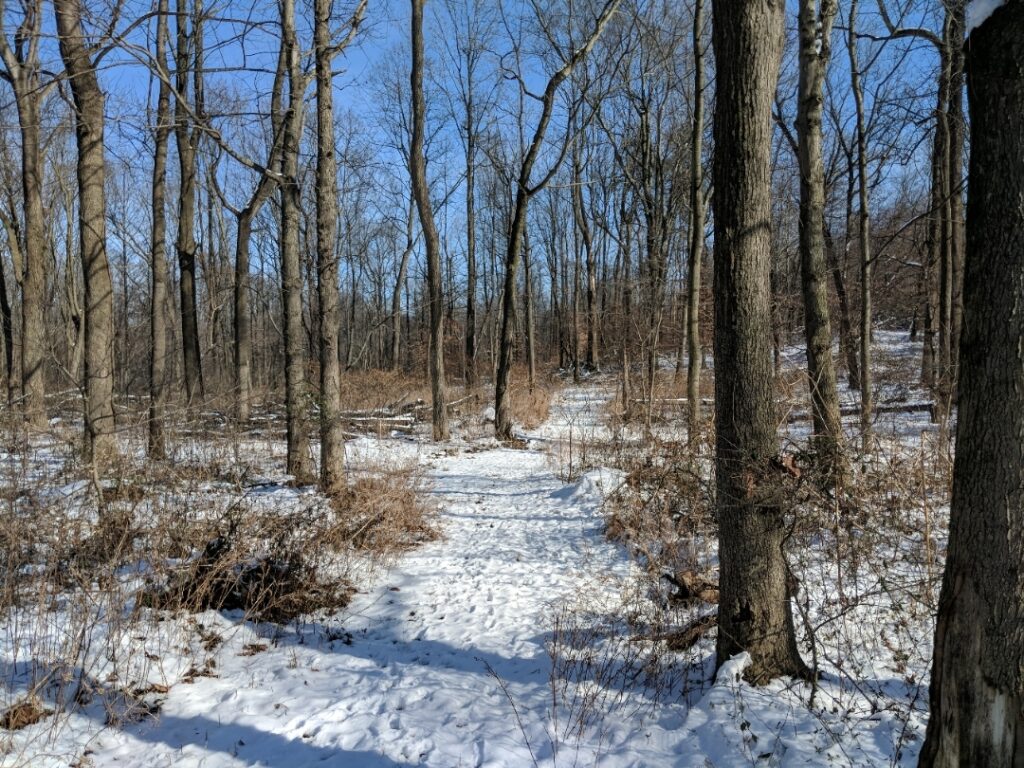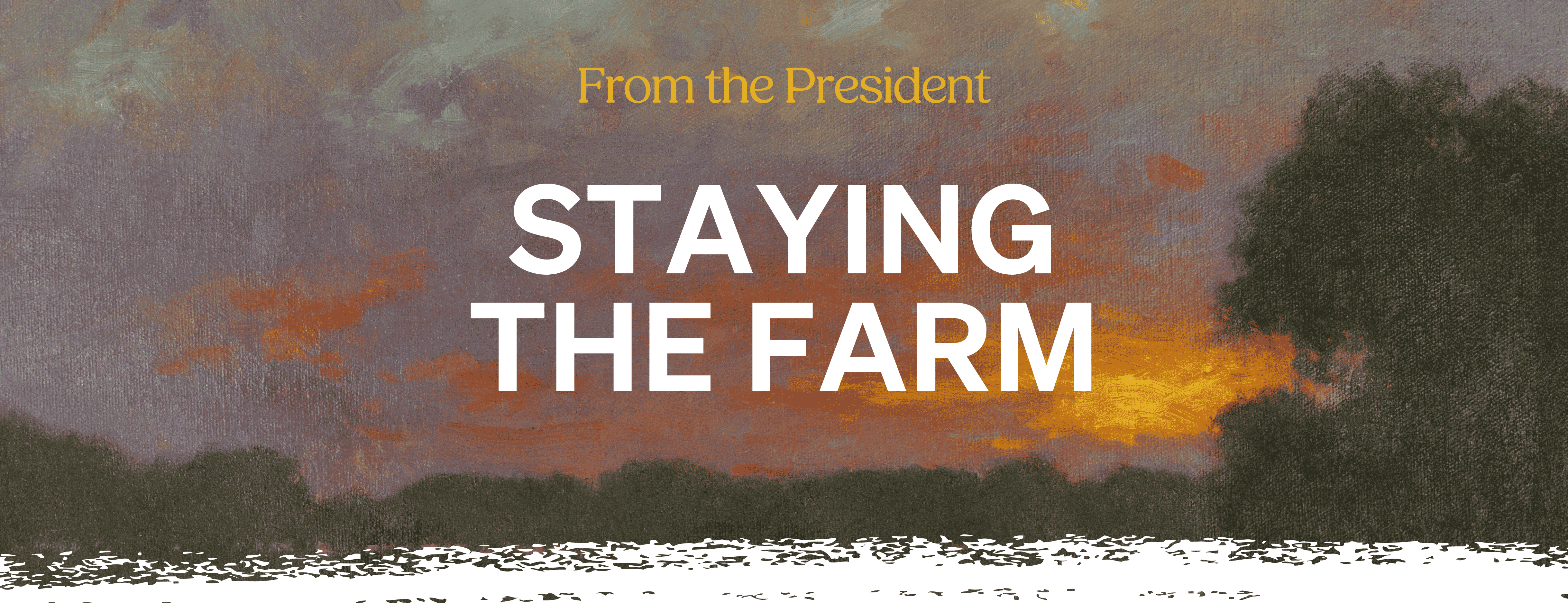I hope that the New Year finds you and yours thriving, whether you are reading this from the snowy Eastern Shore, or somewhere farther afield. It hardly seems enough time has passed since the last time I wrote a January message to be sitting here, hearthside, doing it again.
Maybe you have heard the quote, attributed to Paul Harvey, that “Despite all our accomplishments, we owe our existence to a six-inch layer of topsoil and the fact it rains.” Oversimplified, perhaps. A little too folksy, maybe. But the quote’s clear resonance comes from its capture of something undeniable: without farmland and farmers, humanity would be in dire straits.

Sometimes the things that are required for our existence can get a little confused. The difference between needs and wants lost in the noise of modern society, where for many of us our most basic needs are easily met. The latest model of iPhone, a strong WiFi connection, and heated leather-wrapped steering wheels all feel pretty important these days, and they certainly help make life modern, and a little easier, but without them, life would find some way of going as it did for thousands of years before.
Less so, of course, for farming. The further modern life takes many of us from the production of our food, fiber, and fuel, the less essential that production can seem. Agriculture becomes something that happens elsewhere, done by other people. Our food will just be there whenever we get hungry, never farther than a quick jot down to the grocery store. It is easy to think of farmland as fungible, something we can borrow from to suit other needs. It is easy for our farms to be lost.
And this despite the fact that Maryland farms employ more than 350,000 people, that 81% of our farms are family-owned. Agriculture is the largest commercial industry in Maryland, with the majority of farms located in the upper Eastern Shore and the north central part of the state.

William Langenfelder, and Kristen Nickerson in 2020.
The landscape that ESLC protects tells the story of loss in other places. When you get to know ESLC landowners like the Langenfelders and the Frys, their stories begin elsewhere, usually in places where productive and profitable farming had simply become untenable. So their agricultural operations were packed up and trucked to the Eastern Shore where they could still find the land necessary to make a living growing food. Urban encroachment, suburban development: decisions generally made by a society that thinks, and keeps on thinking, that agriculture can always be tucked somewhere else.

But in Maryland, it is now time for us to be clear: there is nowhere else for agriculture to go. This landscape is under more direct threat in 2025 than ever before. Sometimes you can find the threats on the front page of the newspaper: solar development, a new Bay Bridge, sea level rise, the state budget crisis that may put land preservation programs on the chopping block. Other threats are a little harder to find: increasing land rents, higher input prices, lower crop prices, questions about the future of trade, the availability of essential labor. 2025 dawns with serious questions about the future of agriculture both here and everywhere.
In the midst of all this uncertainty and change, the Eastern Shore needs a full-time champion, singularly passionate about this landscape of farms, forests, and fields. ESLC advocates for the places we know and love, even when they can be tough to find on a map and easy for elected officials to forget. The Eastern Shore isn’t a blank slate waiting for the improving brush of modernity. It is already a work of art, with a broad palette of beautiful color worthy of attention and stewardship.

Oil painting of ESLC easement c/o John Brandon Sills, Plein Air Easton
